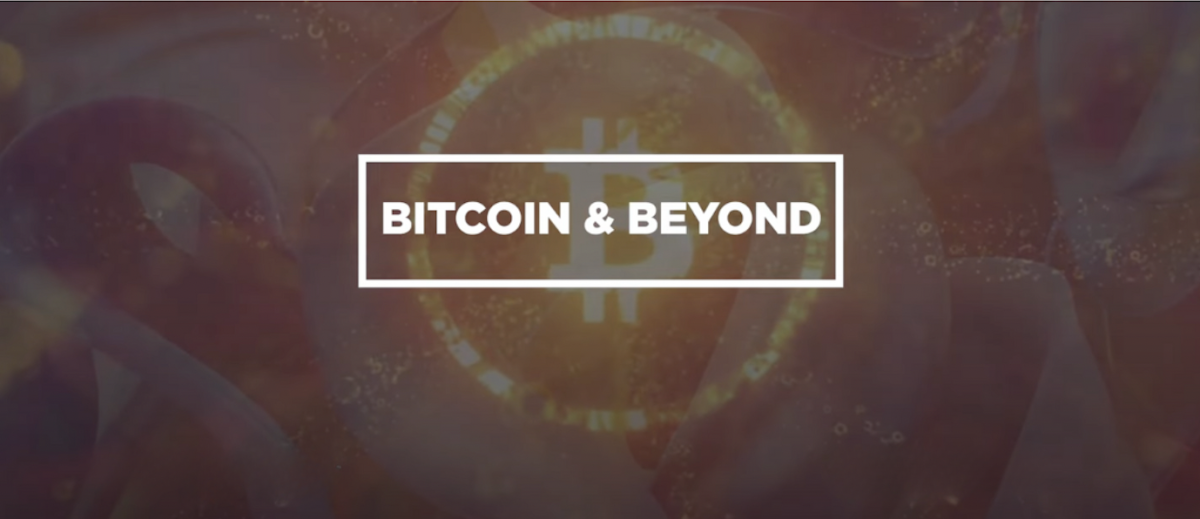
Bitcoin & Beyond is an educational series from the team of The Rollup aimed at a new and emerging class of builders in the Bitcoin ecosystem. Through rooms, panels, and interactive presentations, the goal is to provide deep technical insights into innovative scaling projects.
In an interview with Chase van MoleculeIn this article, we dive into the growing demand for next-generation virtual machines (VMs) aimed at improving Bitcoin’s programmability and scalability. Molecule is one company at the forefront of this experiment. Their attempt to implement Solana’s Virtual Machine (SVM) with Bitcoin is a strong signal that developers are also considering alternatives to the popular Ethereum Virtual Machine (EVM).
High Performance VMs for Bitcoin
Chase emphasized that Molecule’s goal is to leverage the most performant execution environment for the benefit of Bitcoin users. He believes that the Solana Virtual Machine (SVM) offers unmatched throughput and cost-efficiency. “SVM offers the highest throughput with a super battle-tested execution environment,” Chase noted, highlighting the VM’s ability to reach 1,000 transactions per second for a fraction of a cent per transaction.
The SVM architecture, designed for parallel transaction processing, significantly improves scalability and efficiency. At a very basic level, it enables the concurrent execution of multiple smart contracts, which sets SVM apart from other VMs that rely on sequential processing models, such as the EVM. This results in higher throughput and lower latency, crucial for applications that require high performance and minimal transaction costs
A thriving developer ecosystem
A key driver for Molecule’s decision to adopt the Solana Virtual Machine (SVM) is its thriving developer ecosystem and the widespread adoption of Rust as a programming language. Solana will have over 3,300 active developers by the end of 2023, according to Electric CapitalThis robust community is supported by extensive tooling and educational resources that have significantly improved developer retention.
Chase also brought up Rust, Solana’s development language, as playing a critical role in SVM’s success. With over 3 million Rust developers worldwide, the transition to using SVM has been seamless for many, given their familiarity with the language. This large developer base and the language’s strong integration into Web3 ecosystems make SVM not only technically superior, but also advantageous for broader adoption and innovation.
By focusing on a VM that closely matches developer preferences and provides a robust, scalable environment, Molecule ensures they are building on a foundation that encourages rapid development and deployment of new applications on Bitcoin.
Monolithic versus modular vision
Another focus has been on the inherent limitations of Bitcoin’s Layer 1, which require a modular approach to improve programmability and scalability. Traditional monolithic blockchains integrate all core functions – execution, data availability, consensus, and settlement – into a single layer. While this design improves security and decentralization, it also creates significant bottlenecks that limit transaction throughput and flexibility. Bitcoin’s Layer 1 can only process a limited number of transactions per second, limiting its ability to support complex smart contracts and higher transaction volumes.
To address these limitations, Molecule takes a modular approach, decoupling these functions into separate layers. This architecture allows for specialization and optimization of each layer, significantly improving scalability and efficiency. By leveraging modular stacks, Molecule aims to integrate Solana’s execution layer (SVM) with ZK (zero-knowledge) verification for Bitcoin transactions.
Molecule’s innovative SVM rollup stack focuses on enabling ZK verification of transactions via a ZKVM (Zero-Knowledge Virtual Machine) and posting ZK snarks (Succinct Non-Interactive Arguments of Knowledge) to Bitcoin using a challenge-reward mechanism. This method allows for secure and efficient transaction completion on Bitcoin.
Molecule is considering several options for this challenge mechanism, possibly using BitVM or a variant based on a future OP_CAT soft fork. BitVM uses a challenge-prover system where any verifier can dispute transactions during a pre-defined challenge period, ensuring the integrity and accuracy of asset transfers. Chase explained, “you can verify all of the asset transfers from Molecule back to Bitcoin. There’s a challenge period where any verifier can come in and say there are some issues, and then they can go through this challenge mechanism.” This approach combines off-chain computation with on-chain verification, providing a robust and cost-effective solution for maintaining the finality and security of transactions.
A New Bitcoin L2 Story
When asked about the Bitcoin community’s stance on Layer 2 (L2) solutions, Chase observed a notable shift in attitude toward embracing programmability. Traditionally, many Bitcoin purists were wary of L2 solutions, fearing that they could compromise the security and decentralization of the network. However, recent developments and the increasing demand for scalable applications have changed this perspective.
“I think the Bitcoin community is absolutely demanding programmability for Bitcoin, and SVM is the best solution for that in terms of throughput and cost,” Chase said, highlighting the community’s growing openness to L2 innovations.
Molecule’s innovative approach and commitment to integrating powerful virtual machines (VMs) with Bitcoin represents a transformative step toward improving Bitcoin’s usability and scalability.
This is a guest post by The Rollup. The opinions expressed are entirely their own and do not necessarily reflect those of BTC Inc or Bitcoin Magazine.